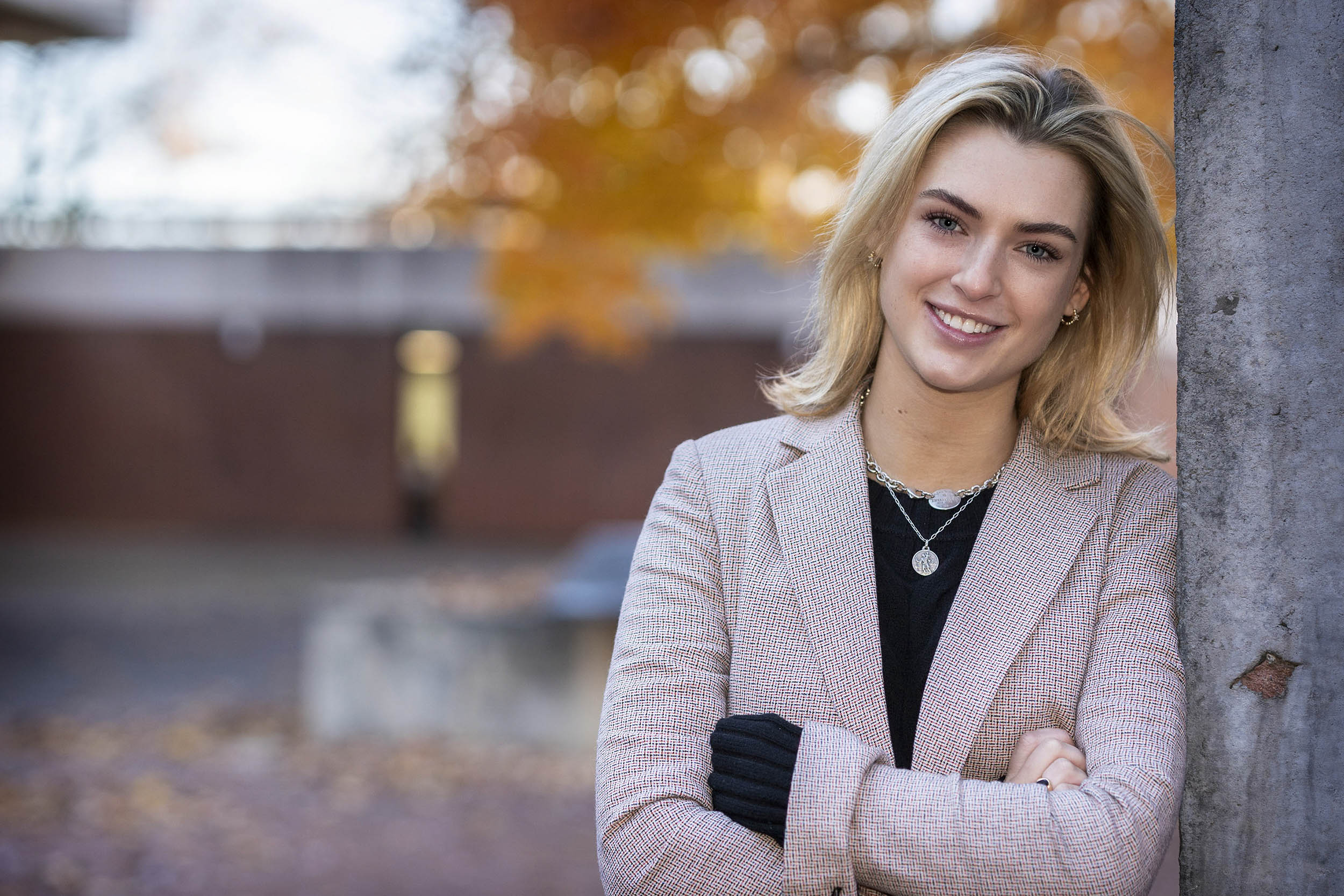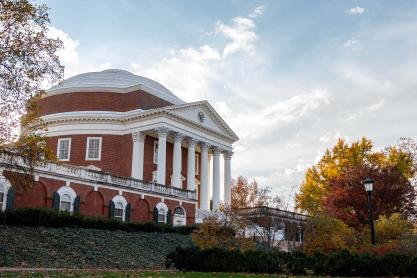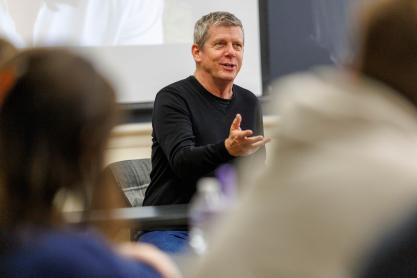She selected the trio of painters – Judith Glantzman, Judy Rifka and Suzanne McClelland – because they had been left out of the canon and because they represented a philosophical rebellion against a masculine approach to art.
“The women artists of that era were trying to break down structures, binaries,” she said. “I argue that their works epitomize the feminine aesthetic, which challenges the rhetoric of the masculine norm. … Rather than objectify and solve the problem, as is the masculine approach, … the feminine embraces the process and is impartial to the outcome. In fact, central to the feminine mode of painting is the rejection of a known outcome.”
When Graeff talks about feminine and masculine painting, she said there are males who paint with a feminine attitude, such as Andy Warhol, and female artists who paint with a masculine attitude, but Graeff said women painters had their work judged against male standards to be featured in museums and galleries.
“When a feminine visual mood was popularized, it was also headed by male artists,” she said. “The discussion of female artists in the ’80s was largely nonexistent,” she said. “To rewrite this history, for me, means interrupting a longstanding tradition of fallacious discourse provided by the art institution that is badly in need of reparation.”
On her journey to reexamine modern art history, Graeff went to New York City last summer to research the trio and interviewed Glantzman, who was raised on Long Island and started exhibiting her work in the East Village art scene in the early 1980s.
“Glantzman was not trying to write a feminist narrative,” Graeff said. “They were trying to move away from an accepted conformity.”
Graeff said Glantzman worked with others and approached art as art.
“She said it was a very collaborative movement, working together on projects,” Graeff said of her talk with Glantzman. “They weren’t men, they weren’t women, they were just artists. But then the galleries came and co-opted the process by selecting only the male artists.”
Graeff wants her research to have some impact on the art world.
“I want to publish my research to the greatest extent I can, so people realize this is not something that is beginning now, but has been happening for awhile,” she said. “I would like to encourage other people in the art world to try to identify similar holes in the canon where recognition of an artist has been withheld for any number of reasons. The integrity of art as a practice and study, in my opinion, is all in the effort of inclusion and consideration of merit.”
To Graeff, art in the 1980s became too easy to turn into a commodity, such as Keith Haring’s “Dancing Men,” originally drawn as a protest against how the AIDS epidemic was being handled but eventually ending up decorating coffee cups.
“The modernist agenda was one that predicated art as contiguous with capitalist ideology,” she said. “Public art began to challenge this, shifting from Alexander Calder-esque public sculptures to Richard Serra’s blunt and unapologetic work. Calder’s sculptures fit neatly into capitalist/commercial ideologies precisely because they don’t assert any sort of political, social dimensions or really anything at all. It is their meaninglessness that makes them so easy for capitalist forces to adopt and manipulate.”
“Ansleigh has been an enthusiastic and committed researcher,” said Christa Robbins, director of the undergraduate program in art history. “She used her research award to conduct interviews with important, but under-studied, artists in New York City. I could see her continuing this project into a master’s program.”
Aside from her studies, Graeff is a member of Delta Delta Delta sorority’s Beta Sigma chapter. Before the COVID-19 pandemic, she was involved with a Madison House arts organization at Venable Elementary School.










